Xinyue Gu
CURLS: Causal Rule Learning for Subgroups with Significant Treatment Effect
Jul 01, 2024Abstract:In causal inference, estimating heterogeneous treatment effects (HTE) is critical for identifying how different subgroups respond to interventions, with broad applications in fields such as precision medicine and personalized advertising. Although HTE estimation methods aim to improve accuracy, how to provide explicit subgroup descriptions remains unclear, hindering data interpretation and strategic intervention management. In this paper, we propose CURLS, a novel rule learning method leveraging HTE, which can effectively describe subgroups with significant treatment effects. Specifically, we frame causal rule learning as a discrete optimization problem, finely balancing treatment effect with variance and considering the rule interpretability. We design an iterative procedure based on the minorize-maximization algorithm and solve a submodular lower bound as an approximation for the original. Quantitative experiments and qualitative case studies verify that compared with state-of-the-art methods, CURLS can find subgroups where the estimated and true effects are 16.1% and 13.8% higher and the variance is 12.0% smaller, while maintaining similar or better estimation accuracy and rule interpretability. Code is available at https://osf.io/zwp2k/.
SLIM: a Scalable Light-weight Root Cause Analysis for Imbalanced Data in Microservice
May 31, 2024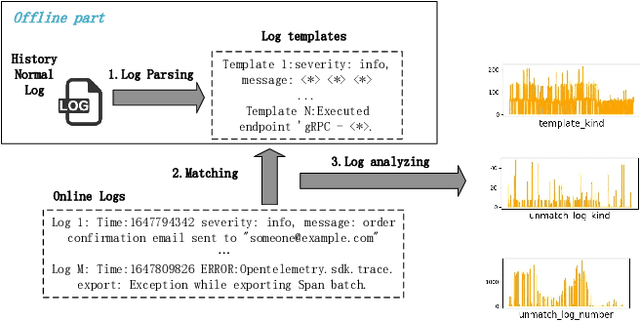
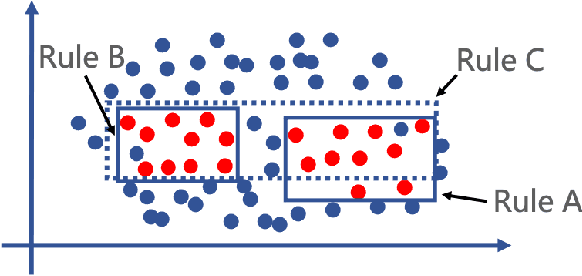
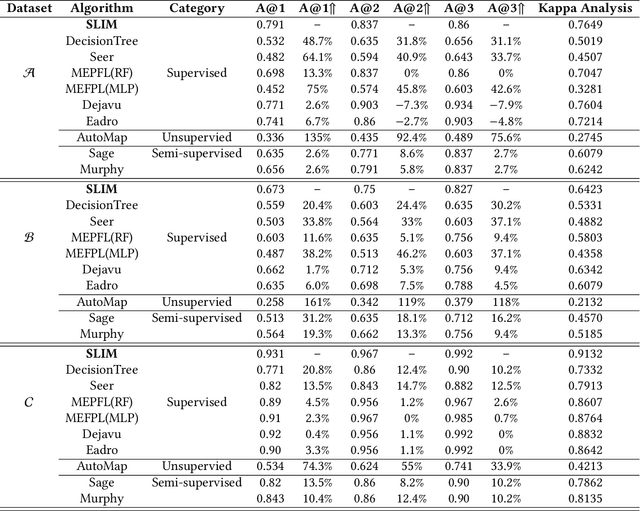
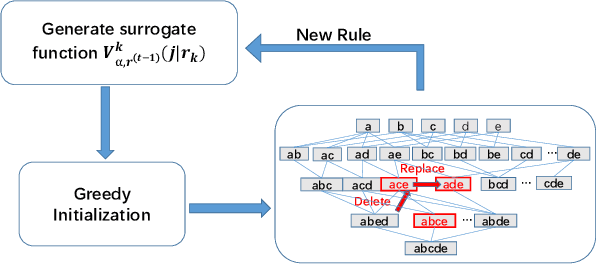
Abstract:The newly deployed service -- one kind of change service, could lead to a new type of minority fault. Existing state-of-the-art methods for fault localization rarely consider the imbalanced fault classification in change service. This paper proposes a novel method that utilizes decision rule sets to deal with highly imbalanced data by optimizing the F1 score subject to cardinality constraints. The proposed method greedily generates the rule with maximal marginal gain and uses an efficient minorize-maximization (MM) approach to select rules iteratively, maximizing a non-monotone submodular lower bound. Compared with existing fault localization algorithms, our algorithm can adapt to the imbalanced fault scenario of change service, and provide interpretable fault causes which are easy to understand and verify. Our method can also be deployed in the online training setting, with only about 15% training overhead compared to the current SOTA methods. Empirical studies showcase that our algorithm outperforms existing fault localization algorithms in both accuracy and model interpretability.
Interactive Generalized Additive Model and Its Applications in Electric Load Forecasting
Oct 24, 2023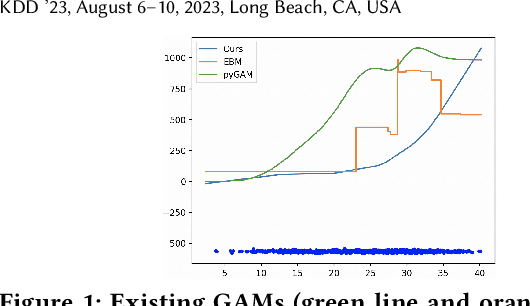
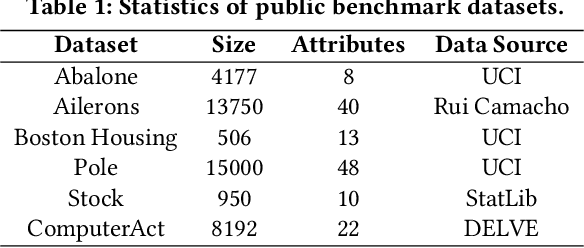


Abstract:Electric load forecasting is an indispensable component of electric power system planning and management. Inaccurate load forecasting may lead to the threat of outages or a waste of energy. Accurate electric load forecasting is challenging when there is limited data or even no data, such as load forecasting in holiday, or under extreme weather conditions. As high-stakes decision-making usually follows after load forecasting, model interpretability is crucial for the adoption of forecasting models. In this paper, we propose an interactive GAM which is not only interpretable but also can incorporate specific domain knowledge in electric power industry for improved performance. This boosting-based GAM leverages piecewise linear functions and can be learned through our efficient algorithm. In both public benchmark and electricity datasets, our interactive GAM outperforms current state-of-the-art methods and demonstrates good generalization ability in the cases of extreme weather events. We launched a user-friendly web-based tool based on interactive GAM and already incorporated it into our eForecaster product, a unified AI platform for electricity forecasting.
 Add to Chrome
Add to Chrome Add to Firefox
Add to Firefox Add to Edge
Add to Edge